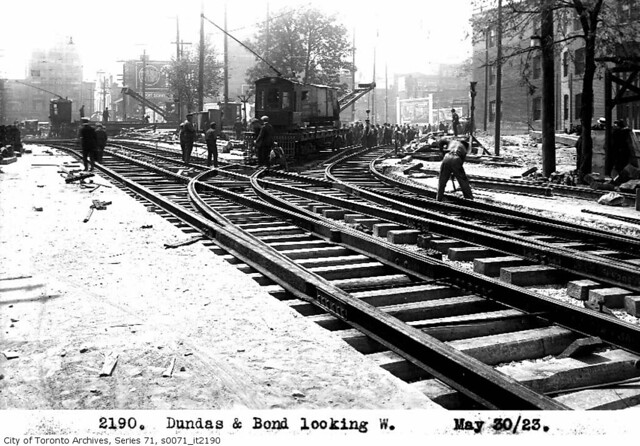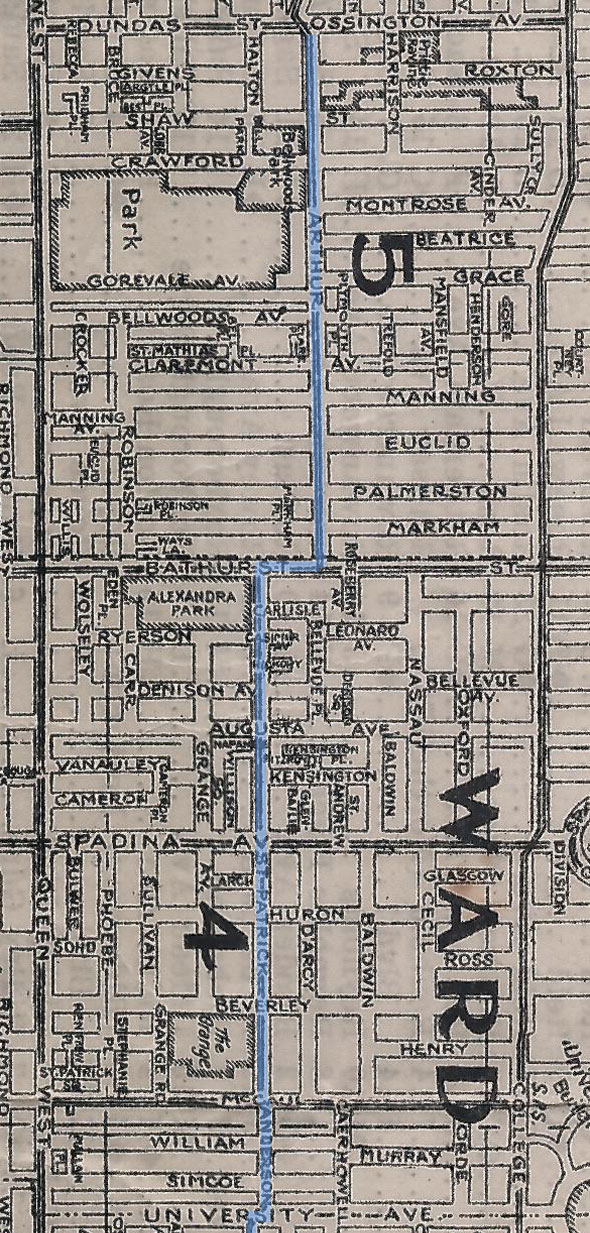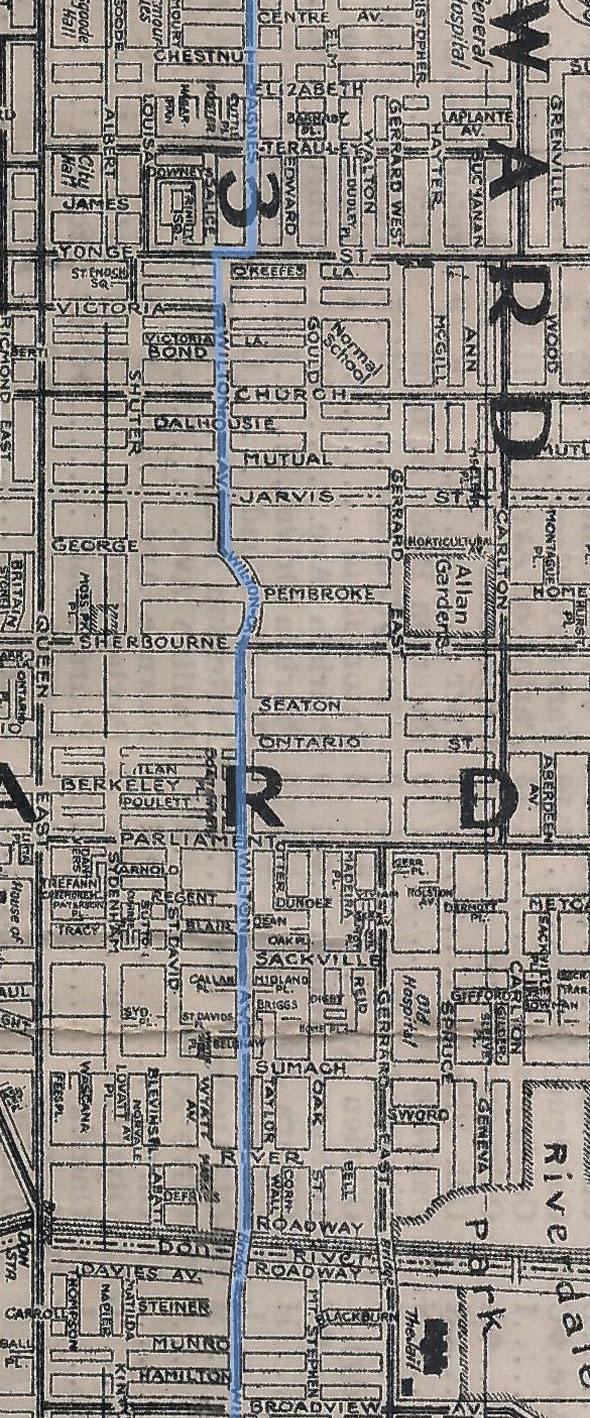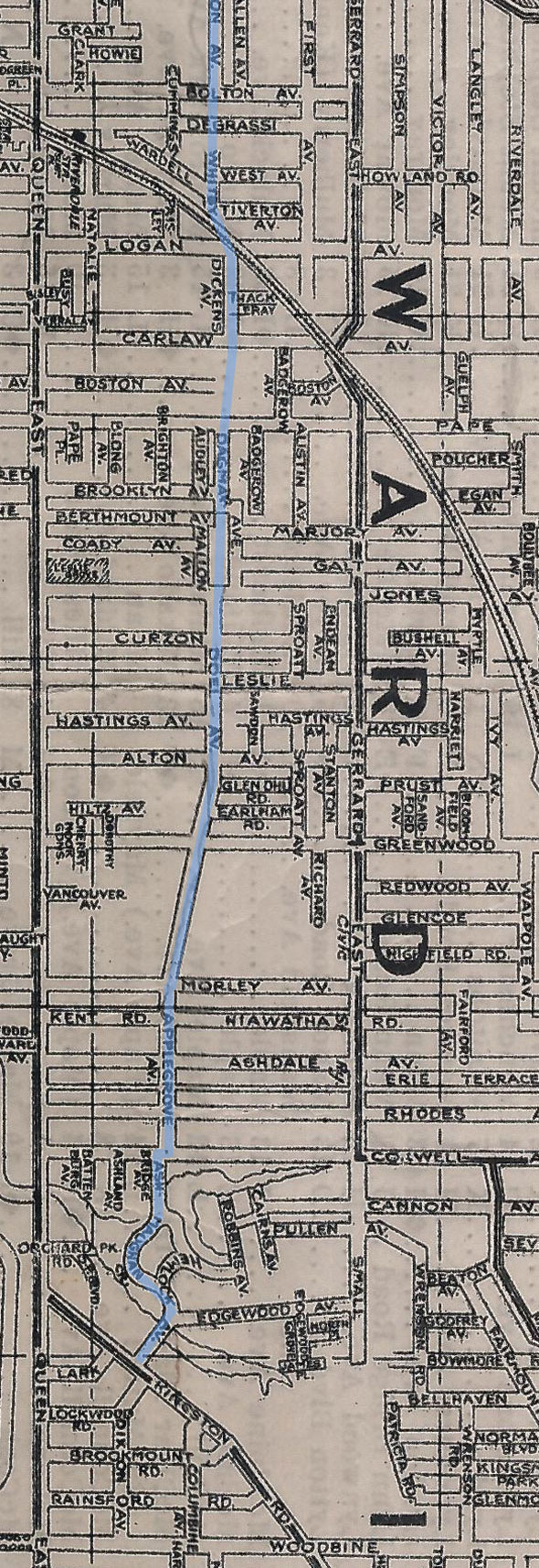Isn’t the only place where the concessions aren’t 1km apart North York? Scarborough and Etobicoke appear to have a tighter grid like you suggest already.
Scarborough has around 800 metre wide concession blocks for the east-west direction, but the north-south direction remains at 2km.
Scarborough north of the 401 has several east-west arterials which break up the 2km gaps though, with Huntingwood and McNicoll.
Most of the GTA operates on a much larger concession grid than Scarborough, with varying levels of attempts to introduce new arterial roads within them. York Region is probably the worst offender with almost no new arterials to break it up and a concession grid which is in itself pretty disconnected with a lot of gaps.
One of the best things a city can do is shrink it's arterial grid size in my opinion. It just makes it a more pleasant city for everyone. Less traffic, better for transit, density, and walking, etc. I find the severity of traffic in any given part of the GTA corresponds fairly closely to how large the arterial road grid is.
2kmx2km:
- All of York Region
- Toronto
- North York
- southeast Mississauga
- Burlington
- Oakville
- Northern Durham Region
3km x 1.25km
- Brampton
- Rest of Mississauga
- Halton Hills
- Caledon
1.5km x 1.5km
- Milton
2km x 1km
- Etobicoke
2km x 800m
- Scarborough
- Pickering
- Ajax
- Whitby
- Oshawa
and the winner for smallest concession grid:
1km x 800m
- Hamilton
Hamilton Mountain, despite being just as suburban as any other part of the GTA, notably has no real 6-lane roads and indeed many of the concession arterials operate perfectly fine as 2-lane roads with bike lanes, and minimal real traffic issues. Even the 4-lane roads are usually built to much lower design speeds and designed to have much lower volumes than other GTA municipalities as each arterial simply needs to handle far less traffic.
Hamilton also sees very high suburban transit ridership and has a dense bus grid providing frequent service.
It's a similar storey for north-south arterials in Scarborough, which have a dense bus grid, lower design standards for lower vehicle volumes, basically no traffic, and some of them have never needed to be widened to 4 lanes.
Now compared to the mega-beast roads in Mississauga and York Region which have to shove tons of traffic onto a very small grid of arterial roads... HIghway 7 through downtown Vaughan is a total traffic sewer as it's the only east-west arterial for 6 kilometres between Steeles and Rutherford! That same distance in Hamilton would have 6 different arterial roads to disperse the traffic!









